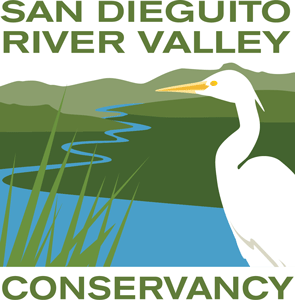VOCABULARY
biodiversity: the number and variety of organisms (plants, animals and others) found within a specified geographic region.
crepuscular: occurring or active during the period immediately after dawn and immediately before dusk.
disturbance: temporary change in environmental conditions that causes a pronounced change in an ecosystem.
endotherm: an animal that is dependent on internal sources of body heat.
environment: all the living and nonliving things that surround and affect an organism.
fragmentation: the process or state of breaking or being broken into small or separate parts.
habitat: a specific type of environment inhabited by particular animal and/or plant species; a place where an animal or plant lives.
birding: the act of searching for and identifying birds.
organism: a living thing, such as an animal, plant, alga, bacterium, or fungus. nocturnal: occurring or active at night.
protocol: detailed plan or specific methods for a scientific experiment.
reservoir: a place where something is collected and stored, in this case, water in an artificial lake.
species: a group of the same type of living organisms that can mate and produce (reproduce) other living organisms of the same kind.
transect: a straight or narrow section through a natural feature or across the earth’s surface, along which observations are made, or measurements taken. watershed: an area of land that drains rain falling onto it or water running through it into a common body of water, such as a creek or stream, which flows into a larger body of water, such as a river, lake, or estuary, and eventually flows to the ocean.
wildlife corridor: an area of habitat connecting wildlife populations separated by human activities/disturbance or structures (such as roads, houses, etc.).





